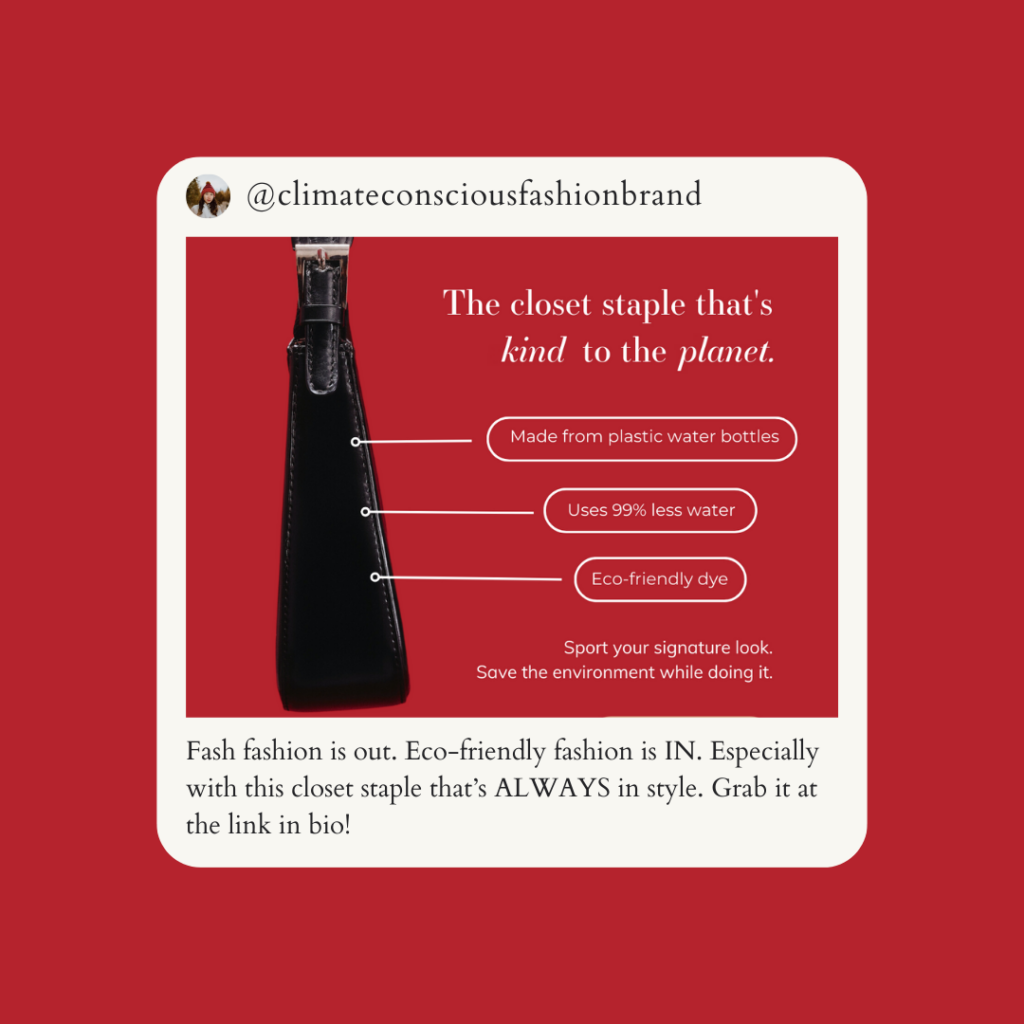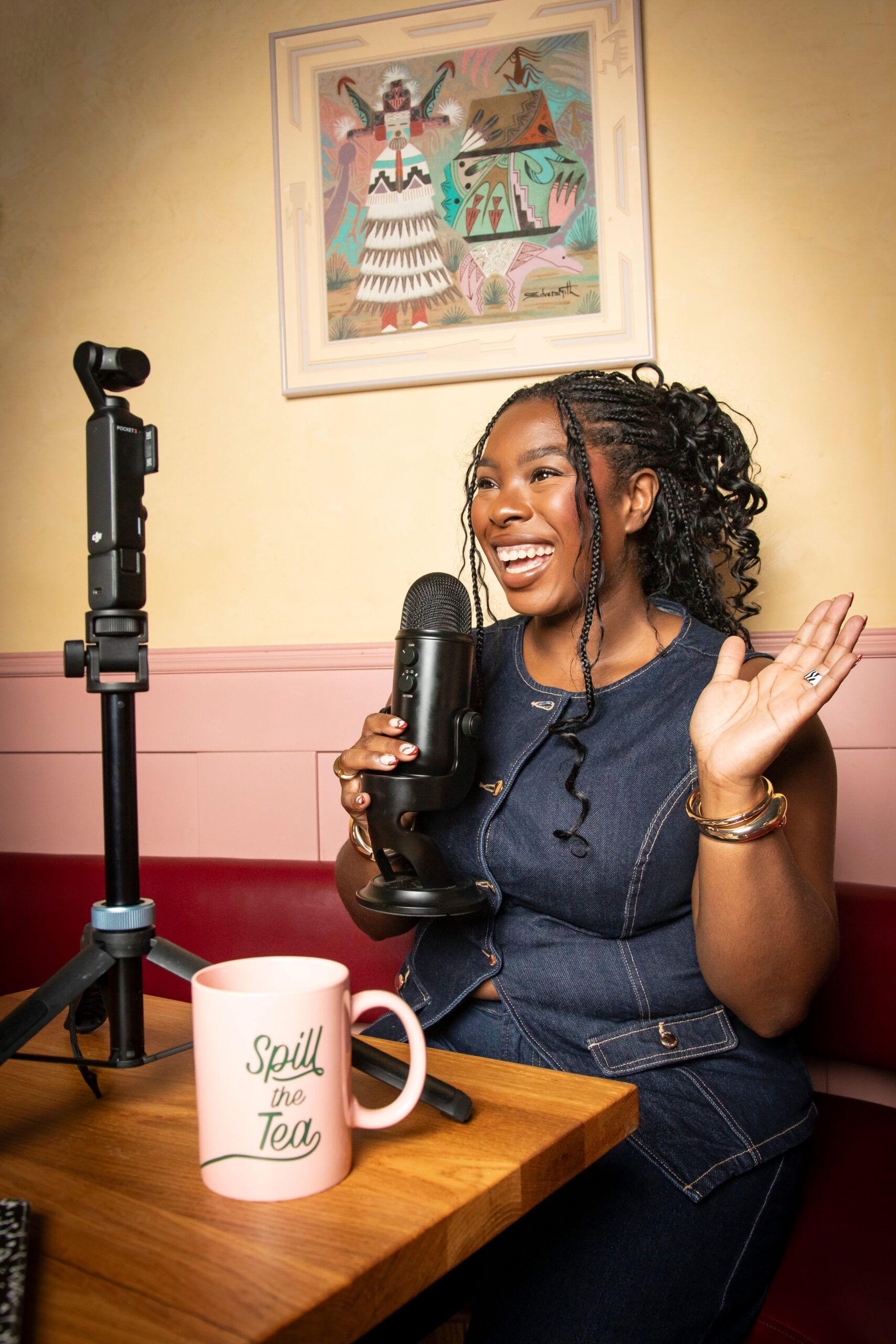HEY FRIEND!
I'm jemilla!
In the past 4 years, I’ve cut my teeth strategizing & writing award-worthy, revenue-increasing, results-snatching copy. And what really lights my fire is writing for woman-owned and BIPOC-led brands. I’m talkin’ the first day after a braiding appointment type of excited! Energizing them to go big with their bold ideas so that when launch time happens, the world thinks “OMG FINALLY, I’ve been waiting for something like this.” And giving them the tools to diversify the market.
about me
services
How to Build Your Copywriting Portfolio as a Beginner
September 19, 2024
“How to become a copywriter” has become one of the most popular searches in recent years. I think everyone’s clueing into copywriting being a top-tier trade — it’s an in-demand skill, you can work remotely, and you can make lots of money. But you know what the next highly-searched term is? “How do I get clients without a copywriting portfolio?”
Trust me, I was in the same boat when I started my copywriting journey 4 years ago. Luckily for you, I don’t keep anything to myself! In this blog post, I’m getting into the second step you should take in your journey: creating spec copywriting projects.
But if this is your first time on the blog, you might be wondering…
What is copywriting?
According to Google, it’s the activity or occupation of writing the text of advertisements or publicity material.
Simply put: it’s writing words that help you sell stuff.
But as someone who, again, has been doing this for 4 years, I’d put my own spin on it (and yeah it’s lengthy but, hell, this is a blog post. You’ve got time!)
cop·y·writ·ing:
Using research, strategy, creativity, storytelling, brand voice, and brand personality to connect with your audience, stand out in the market, and sell your products & services.
It’s the word that 74,500 people search for every month…
The YouTube topic that got 96,000 views on a video…
And the one thing EVERY BUSINESS NEEDS.
And I’ll put my hand on the bible and repeat it again in case you didn’t hear me the first time!
So now that you know what copywriting is, your next step is to train yourself. It would help if you have some background in marketing, advertising, journalism, writing, or psychology — like if you went to school for any of these disciplines, worked for a while doing any of these things, or even wrote short stories for fun.
But the great thing about copywriting is you don’t NEED to have a background in any of these things. You just need the proper training, the skill, and the brains to do the work.
I wrote a blog post that goes deeper into this, so you can get an idea for how to do this.
Once you’ve done that, it’s time to get clients — but you can’t do that until they’ve seen your work.
And you might be thinking, “Jemilla, how am I supposed to get work without clients?”
Well, that’s the whole point of this blog post, babes! But before we get into building your copywriting portfolio, I should explain what a spec project is.
What is a spec project?
Spec work is any creative project that you volunteer to do in the hopes that you attract ideal clients.
Of course, there’s no guarantee that your ideal clients will see your work right away or will hire you, but it might open the doors in the future. They’ll see your work, your potential, and want you to write for them — and just like that, you’ve bagged a client from taking the time to show your chops.
I’m sure you’ve seen creatives like videographers and designers share their spec work before — my cinematographer friend Nicole is always doing this, and my personal fave is her spec spot for Bumble for Friends.
But let’s get into how you can do this to build your copywriting portfolio ⬇️
How to create a spec copywriting project
1) Pick your brand
When it comes to writing spec copy, it’s always great to pick a brand that you actually care about. It could be another business, or even your own! You can also make up a fake brand, like I did here.
When I first started out, I wrote sales emails for rebundle: they make plant-based, compostable, itch-free synthetic braiding hair for Black women. Obviously that’s something I could get behind! It fulfilled a need in the market for Black women AND it was good for the environment! 2 needs in one.
Then, I wrote a sales page for a fake coaching program, just to show my range.
But I’ll show you other examples below.
2) Find areas of opportunity
If it’s a real brand you’re writing for, you can audit their existing copy on all their marketing channels (website, social media, newsletter, packaging, etc.). See if there are any opportunities to improve their copy. You could also just pick one of their product, services, or features and write copy for that!
If it’s a fake brand, do some research into the market. What are people saying on social media? What facts and stats can you find on Google related to what this fake brand is selling? You can also do this for the real brand, because it can reveal an untapped opportunity they’ve yet to explore.
3) Write the copy
I find it’s best to write short-form copy because almost everyone has short attention spans these days — and we’re visual creatures, so words aren’t going to grab attention as much unless they’re short and snappy.
So I’d suggest writing spec copy for an ad, social media post, product launch email, or hero section of a webpage.
Like the product packaging copy I created for a Monin recipe:
4) Plug the copy into a design
The next step is to dress up your copy in a dope design. You can use a free tool like Canva, or Figma if you’re feeling fancy. There are a bunch of templates you can use, and you can get free stock imagery on sites like Pexels, Unsplash, and Nappy.co to support your copy.
Wondering what that might look like? Here’s an example of a spec copy project design for a Meta ad:

Another example for the hero section of a product page:

This is for a bus shelter poster:

And one more for good measure! This time, for posters in a subway station:

Reach out to the brand
You can do this a couple ways:
- You can email the brand and tell them why you admire the brand so much, share that you saw some opportunities for copy improvement OR that you wanted to write copy for their amazing product/service/feature, attach your spec work, and ask if you can share it in your copywriting portfolio. Do not ask them to pay you for your work, that’s sceevy. But you can include a link to your services & pricing, some of your other work, and hopefully from there a professional relationship blooms
- Share your spec work on your social media page and tag the brand — make sure you specify that it’s a spec project so no one thinks the brand paid you to do this officially + so the brand doesn’t get pissed and pursue legal action
Rinse and repeat!
Keep creating spec copywriting projects, and share your expertise on marketing channels (social media, email newsletter, blog), until you finally bag a client! It only took me 2 months to land my first client after starting my copywriting journey, and a lot more business owners are clueing into just how important copywriting is — so I’m wearing-glasses-indoors-level confident you’ll bag one shortly after showing off your work.
TL;DR?
Spec projects are a great way to show your expertise and potential, and a great way to attract new leads to your copywriting portfolio! It’s how I got my start on Instagram, and it’s how you can start your copywriting career.
But if you have any other copy-related questions, you can book a free 20-minute call to pick my brain and ask me anything.






